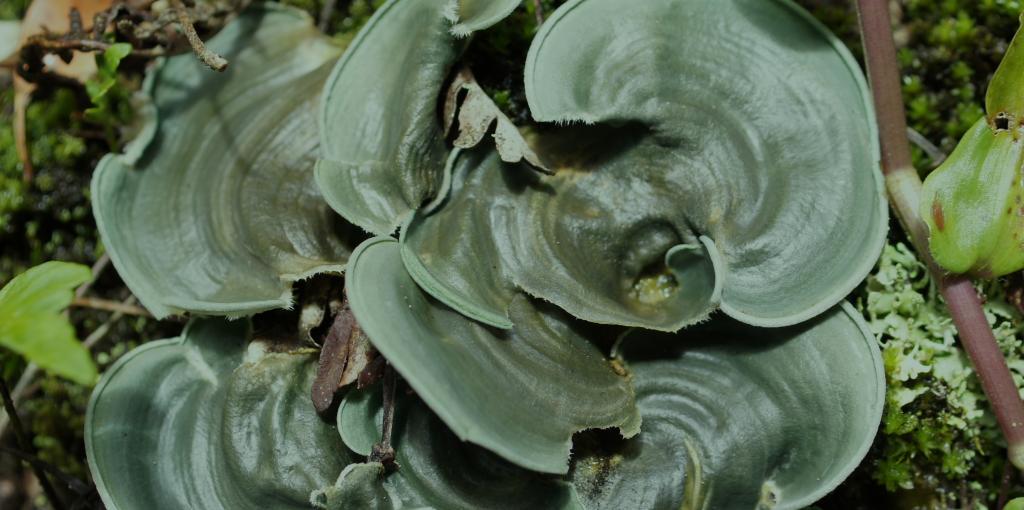Admission CTAs
Blake Klocke, Environmental Science and Public Policy
Mason doctoral student Blake Klocke has been interested in amphibians for as long as he can remember. He talks about growing up in Minnesota, where he shared his bedroom with a few dozen frogs, snakes, and geckos, as well as the insects he cultivated to feed them.
It was a National Geographic article titled “The Vanishing,” which detailed the decline in amphibian populations around the world caused by the disease chytridiomycosis, that set Klocke on his career path.
“In this article, there were several photos of ‘amphibian arks,’ which are captive assurance colonies where highly susceptible species are kept and bred in captivity—safe from the chytrid fungus—to mitigate the threat,” says Klocke, who is a PhD in environmental science and policy. “I searched for opportunities on the internet and discovered that there was an ark in Panama. I knew that I had to go.”
During his first trip to Panama before his senior year at the University of Wisconsin–River Falls, Klocke met conservation biologist Brian Gratwicke, who leads the amphibian conservation programs at the Smithsonian Conservation Biology Institute (SCBI). Gratwicke encouraged the aspiring herpetologist to consider Mason for his graduate work.
“After returning from Panama, I was able to travel to Washington, D.C., and visit the Smithsonian National Zoo, SCBI, and Mason, which solidified my decision to attend,” says Klocke.
Klocke recently returned from his fourth trip to Panama, where he works with the Panama Amphibian Rescue and Conservation Project. This summer he introduced captive-bred limosa harlequin frogs to the wild.
“This was my second field season working with this species,” says Klocke, who is pursuing his degree while working as a graduate student researcher at the SCBI’s Center for Conservation Genomics. “We equipped several [frogs] with tiny radio transmitters that weigh 0.31 grams. It’s truly fascinating.”
The radio transmitters allow researchers to find the frogs, which are swabbed once a week to identify whether the animal has become infected with the chytrid fungus.
“The most unforgettable moments are the first time you see a species in the wild. We call these moments ‘lifers,’” Klocke says. “Every day is a new adventure, and we always see the unexpected.”
